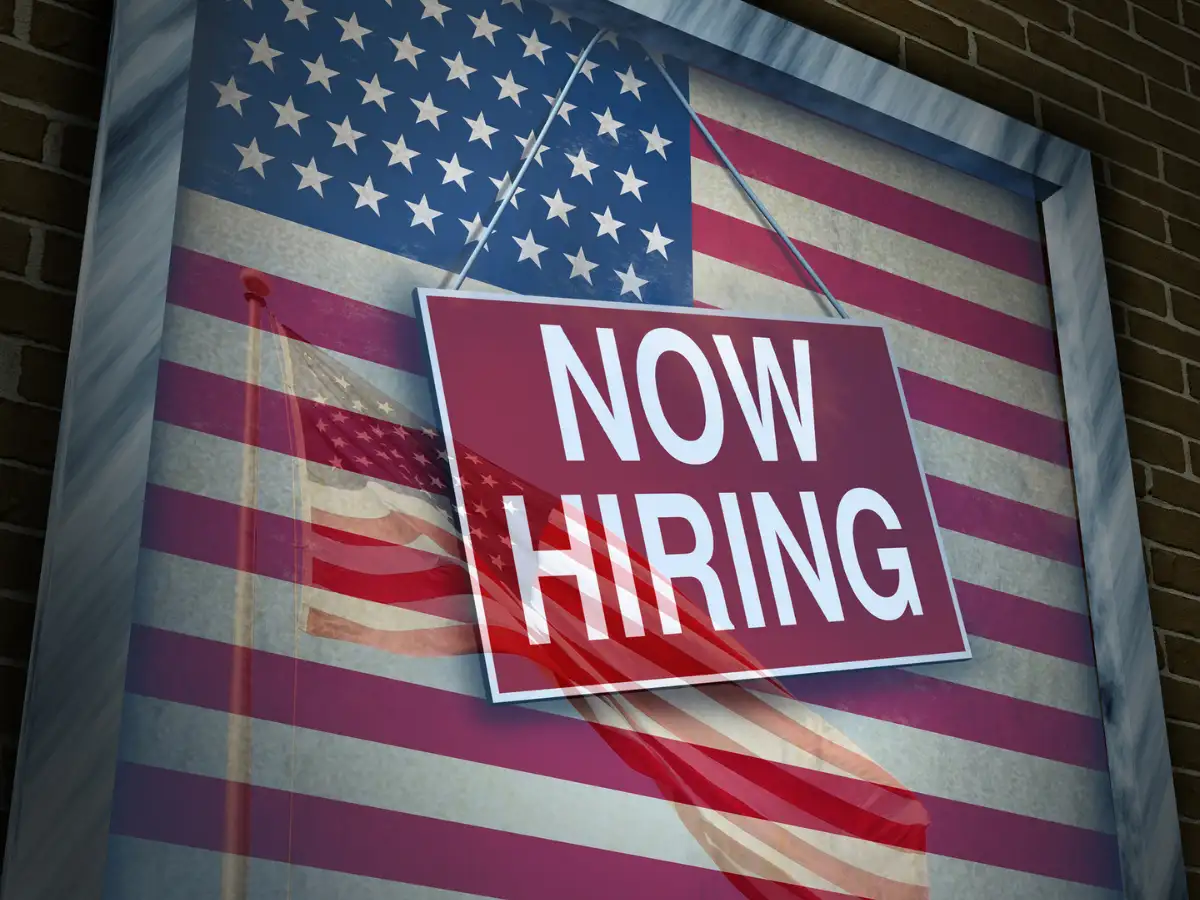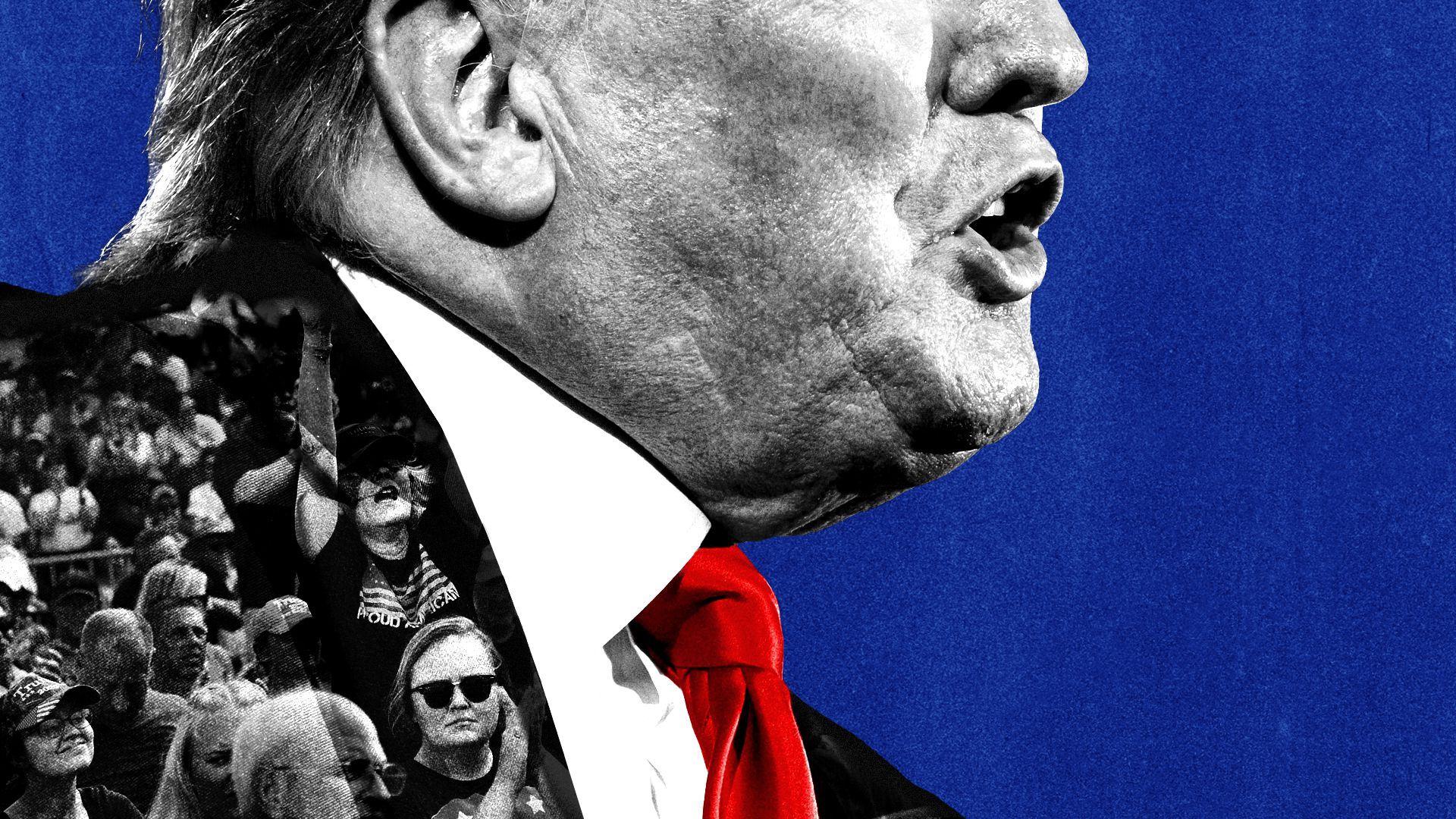The most recent report concerning the U.S. job market has revealed a more pessimistic scenario than anticipated. In July, the pace of job creation decelerated, and figures from earlier months were revised to indicate a lesser performance than originally disclosed. This blend of reduced hiring activity and downward adjustments is causing anxiety about the robustness of the economic recovery and the future trajectory of employment patterns.
According to the most recent figures, employers added fewer jobs in July than analysts had anticipated. While job creation continued, the pace was notably slower, suggesting that businesses may be pulling back on hiring as they navigate a range of economic pressures. In addition, job reports from both May and June were revised downward, showing that fewer positions were filled than previously believed.
These updates are particularly important as they change the overall story of the employment market’s path. A decrease in recruitment can be viewed in various ways: it may indicate economic prudence by employers, a discrepancy between job vacancies and the skills of job seekers, or ongoing impacts of inflation and elevated interest rates on company activities. No matter the reason, this trend signals a change from the robust progress observed at the start of the year.
One of the key takeaways from the July report is that the labor market, while still growing, is doing so more cautiously. The most recent numbers indicate that the economy is cooling slightly, particularly in industries like retail, transportation, and manufacturing — sectors that had been driving much of the post-pandemic job growth. Meanwhile, gains in healthcare and professional services provided some balance but were not enough to offset the slower hiring elsewhere.
Another concern is that wage growth is moderating. While wages are still rising, the pace has slowed compared to earlier months. For workers, especially those in lower-wage positions, this could mean that their earnings are not keeping up with the cost of living, even as inflation has cooled somewhat from its earlier highs. Slower wage growth could also impact consumer spending, a major driver of the U.S. economy.
Participation in the workforce — which evaluates the number of individuals working or actively looking for jobs — stayed largely unchanged in July. This indicates that a significant number of people remain outside the employment market, possibly due to caregiving duties, the absence of appropriate job options, or being disheartened by past job search attempts. If there isn’t a significant rise in workforce participation, employers may continue to face difficulties in filling job openings.
Despite the slowing numbers, the unemployment rate held steady. This might seem like a positive sign, but it can also indicate that fewer people are entering the labor force or that job seekers are not finding work quickly enough to impact the rate. In some cases, steady unemployment alongside weaker job creation can signal underlying fragility in the market.
Several factors may be contributing to the current labor dynamics. High interest rates, implemented by the Federal Reserve to combat inflation, have made borrowing more expensive for businesses, potentially discouraging investment and expansion. Additionally, global supply chain issues, changes in consumer behavior, and economic uncertainty continue to complicate decision-making for many employers.
For policymakers, the latest labor report presents a mixed picture. On one hand, the job market is still expanding, which helps avoid fears of an immediate downturn. On the other, the slowdown adds pressure to assess whether interest rate hikes have gone too far, potentially restraining growth without fully stabilizing prices. The Federal Reserve may consider these developments as it weighs future moves in monetary policy.
Companies are also paying close attention to the figures. Employment choices are frequently shaped by confidence in the larger economic context. When businesses perceive a possible drop in demand for their products or services, they might choose to pause or cut back on hiring instead of risking an excessive increase in their workforce. Certain sectors may additionally be evolving towards automation or reorganizing operations to function more effectively with a reduced number of employees.
For job seekers, the shifting market conditions mean increased competition and potentially fewer openings in certain sectors. However, opportunities still exist, particularly in areas like healthcare, tech services, and construction. Flexibility, upskilling, and a willingness to adapt to changing industry demands could help workers stay competitive in a slower-growing job market.
In the coming months, it will be important to evaluate if the figures from July signify the start of a more extensive pattern or just a brief halt. Analysts will keep an eye on metrics like initial unemployment claims, corporate investments, and consumer sentiment to analyze the direction of the job market and the economy as a whole.
Meanwhile, the newest analysis highlights that the path to economic recovery is seldom straightforward. Although the U.S. employment sector shows strength in several aspects, the rate of expansion is distinctly irregular. As employees and companies adapt to this evolving stage, the emphasis will be on sustaining balance and getting ready for possible changes in the employment scenery.
The employment report for July highlights the need for a balanced yet active stance in economic strategy. Amid international unpredictabilities, internal policy adjustments, and continuous transformations in work environments, effectively navigating the labor market demands adaptability and a keen awareness of where prospects remain available.




